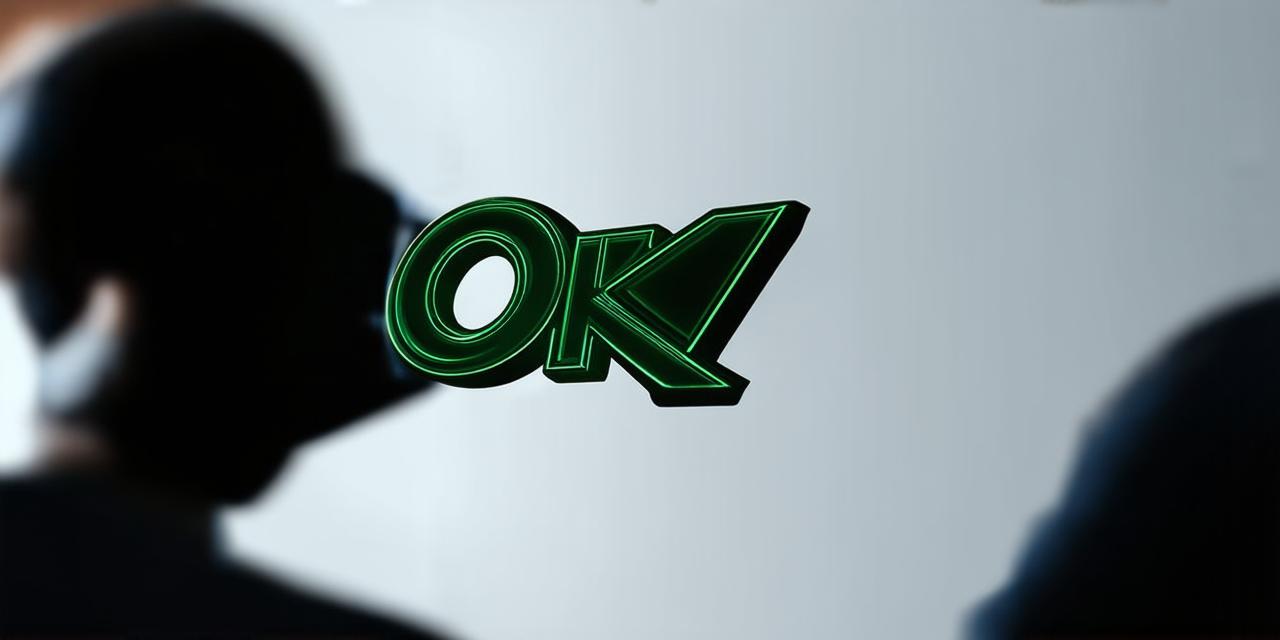
If you’re an aspiring game developer or simply looking to add some interactive elements to your website, then learning how to program movement in Unity 3D is a crucial skill. With its intuitive interface and vast library of tools and assets, Unity is one of the most popular game engines on the market, and for good reason. In this article, we’ll take you through the basics of programming movement in Unity 3D, including everything from creating simple animations to implementing more advanced movement systems.
Getting Started with Movement in Unity 3D
Before we dive into the technical details of programming movement in Unity 3D, let’s first cover some basic concepts. At its core, movement in Unity 3D involves moving game objects around the scene, either by changing their position, rotation, or scale. This can be achieved using a variety of tools and techniques, including animations, scripts, and physics engines.
Animations
Animations are a powerful tool for creating realistic and dynamic movements in your games and applications. By defining keyframes and interpolating between them, you can create smooth transitions and movements that would be difficult to achieve through scripting alone. To create an animation in Unity 3D, simply select the object you want to animate and navigate to the Animation window. From there, you can create new animations, add keyframes, and preview your work.
Scripts
Scripts are another essential tool for programming movement in Unity 3D. By writing custom scripts that interact with game objects and the environment, you can create complex movements and behaviors that would be difficult to achieve through animations alone. To get started with scripting in Unity 3D, simply navigate to the Assets window and click on “Create” > “C Script”. From there, you can write your code and attach it to game objects as needed.

Physics Engines
Finally, physics engines are a powerful tool for creating realistic and believable movement in your games and applications. By simulating the laws of physics, you can create movements that feel natural and intuitive to players. To use a physics engine in Unity 3D, simply navigate to the Assets window and click on “Import Package” > “Physics”. From there, you can select the appropriate package for your project and import it into your scene.
Creating Simple Movements in Unity 3D
Now that we’ve covered the basics of movement in Unity 3D let’s take a look at some simple movements that you can create using animations, scripts, and physics engines.
Animations
Animations are great for creating simple movements like walking or running. To create an animation, simply select the object you want to animate and navigate to the Animation window. From there, you can create new animations, add keyframes, and preview your work. Once you’re happy with your animation, you can attach it to the object using the Animator component.
Scripts
Scripts are another powerful tool for creating simple movements. To get started with scripting, simply navigate to the Assets window and click on “Create” > “C Script”. From there, you can write code that interacts with game objects and the environment. For example, you could create a script that moves an object forward when the player presses the “WASD” keys.
Physics Engines
Physics engines are also great for creating simple movements. To use a physics engine in Unity 3D, simply navigate to the Assets window and click on “Import Package” > “Physics”. From there, you can select the appropriate package for your project and import it into your scene. Once you’ve imported the package, you can create rigidbodies and attach them to game objects to give them physics-based movement.
Implementing More Advanced Movements in Unity 3D
Now that we’ve covered some basic movements let’s take a look at some more advanced movements that you can create using animations, scripts, and physics engines.
Animations
Animations are great for creating complex movements like flying or falling. To create an animation, simply select the object you want to animate and navigate to the Animation window. From there, you can create new animations, add keyframes, and preview your work. Once you’re happy with your animation, you can attach it to the object using the Animator component.
Scripts
Scripts are another powerful tool for creating advanced movements. To get started with scripting, simply navigate to the Assets window and click on “Create” > “C Script”. From there, you can write code that interacts with game objects and the environment.

